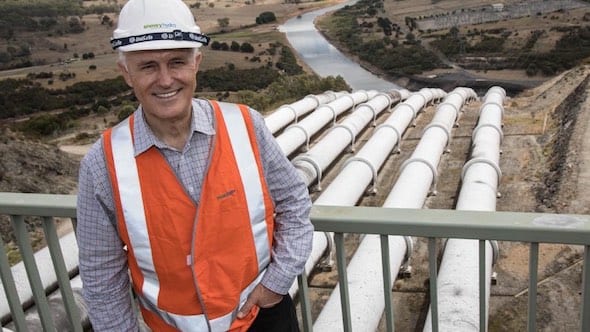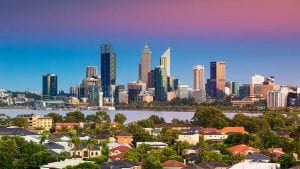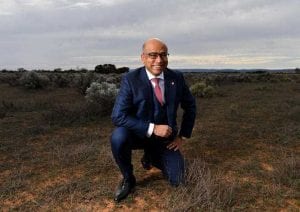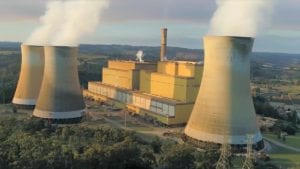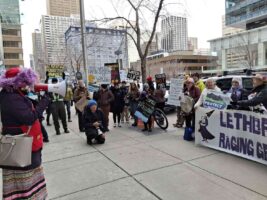The Australian Energy Market Operator has confirmed suspicions that the construction of proposed Snowy 2.0 pumped hydro project would likely result in more coal being burned for electricity, and will crowd out large scale solar and other storage projects.
Snowy 2.0 will be built – subject to final approval on its economics, engineering and environmental impact – by the federal government owned gen-tailer Snowy Hydro. A decision on the $6 billion and counting project is expected later this year.
The proponents argue that Snowy 2.0 will be essential for a grid with a growing share of renewable energy, even though that appears to be the very outcome that the Coalition government is seeking to stop, or at least slow down.
AEMO – in its inaugural Integrated System Plan, which it sees as its 20-year blueprint for the grid – says the grid is going to shift rapidly in any case to a share of at least 46 per cent renewables by 2030 (thanks to state based policies in Victoria and Queensland), and up to 61 per cent if a higher emissions target is legislated.
 But it says that Snowy 2.0, if it delivered in the early 2020s as envisaged by Snowy Hydro and its government owner, would results in:
But it says that Snowy 2.0, if it delivered in the early 2020s as envisaged by Snowy Hydro and its government owner, would results in:
“Greater utilisation of existing coal-fired capacity (with reduced utilisation of GPG) and deferring some investments in additional solar generation in the 2020s, and
“More technological diversity in the renewable energy generation mix (an increased share for wind generation than the Neutral scenario), with less utility storage capacity in the long term.”
This graph above illustrates the modelled impact – with Snowy crowding out more than 500MW of solar and Tasmania’s “battery of the nation” project doing the same thing in the 2030s, although it would encourage more wind.
It is the short term outlook that is significant, and likely more predictable. AEMO’s modelling is based on the assumption that coal generators continue until the end of the technical life – 50 years – although it makes clear there is no guarantee there will be an economic case for them to do so.
Indeed, analysts such as Bloomberg New Energy Finance and ITK’s David Leitch say the introduction of more wind and solar over the next 10 years will worsen the financial outlook for coal generators because demand will be hollowed out, and coal generators are not flexible enough to deal with it.
That’s where Snowy 2.0 could help out – effectively using coal power to pump water uphill, before it is allowed to fall back down again and generate power for use when needed.
That will improve the use, and the business case, of the existing coal generators, helping them reach their 50-year technical targets.
It will be some time before there is enough wind and solar to generate the excess power that Snowy 2.0 could use to pump the water up hill.
But when it does, it is pretty clear that the shape of the grid will change dramatically, and there will be little room, or need, for coal generation or what is traditionally known as “base-load” – a term that AEMO barely uses in its 200-page document, apart from stating the obvious:
“The demand for baseload generation in daylight hours is predicted to decline significantly,” it notes.
That’s because of the rise of solar – both “behind the meter”, which means on the rooftop of houses and businesses, and at utility-scale.
These two graphs – above and below – show the evolution by category across the NEM. The one above is probably where we are at about now, with a predominantly coal-based grid with gas doing the response to changes in demand and some solar and wind capacity.
This below is where we are heading – with significant amounts of rooftop solar (yellow) adding to the huge bulk of large scale wind and solar (red), particularly during the day. The green is charging for storage, using excess capacity.
This, as AEMO chief executive Audrey Zibelman notes, requires a change of thinking about the management of the grid. As she says in this week’s Energy Insiders podcast, Australia finds itself at the leading edge of this, not least because of its growing share of renewables, but also because it is an island.
And if anyone thought that coal would somehow make a comeback, AEMO makes it clear that it won’t:
“By the 2030s, as coal-fired generation retires, the cost of even a 1:1 installation of solar with storage backup for capacity firming is projected to be on par with, or lower than, currently projected costs for new entry coal, ignoring any new policy drivers to further limit emissions.”
The important piece of information there is a 1:! installation of solar with storage back-up. That 1:1 ratio is unlikely to be needed until the share of renewables goes well beyond 50 per cent.

